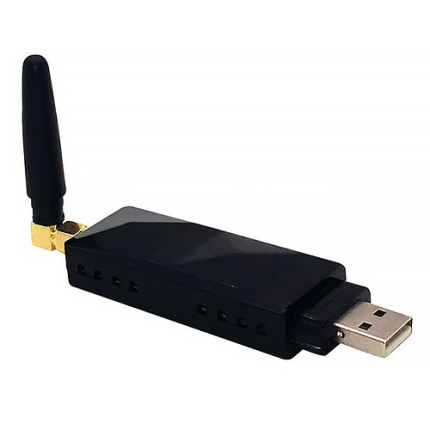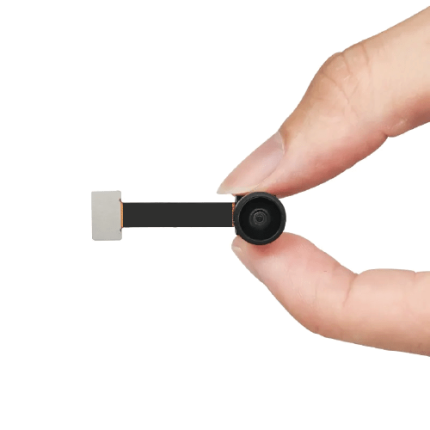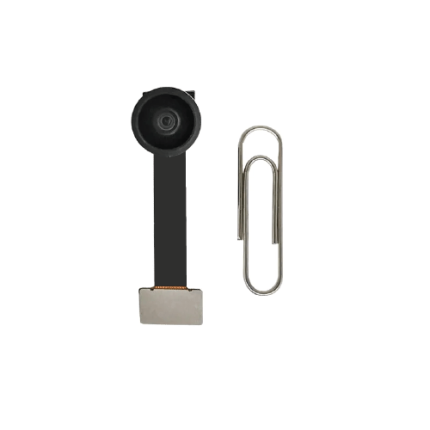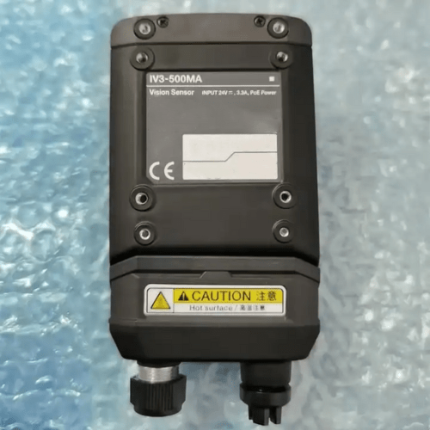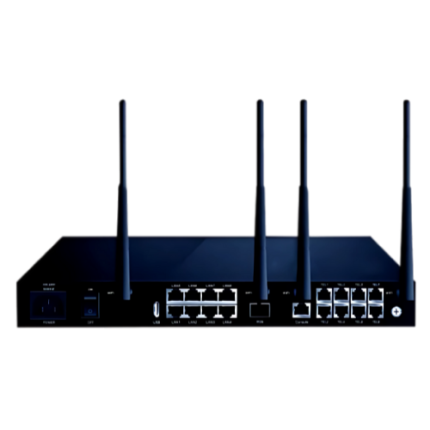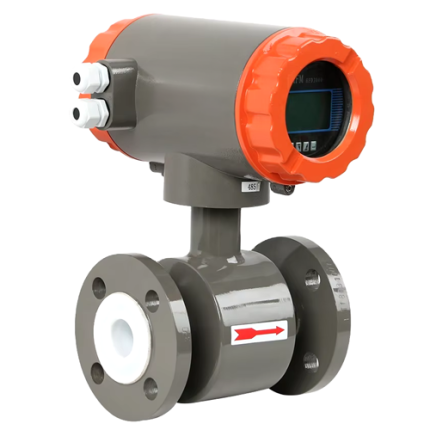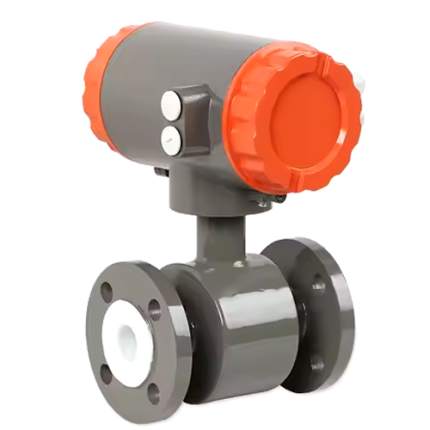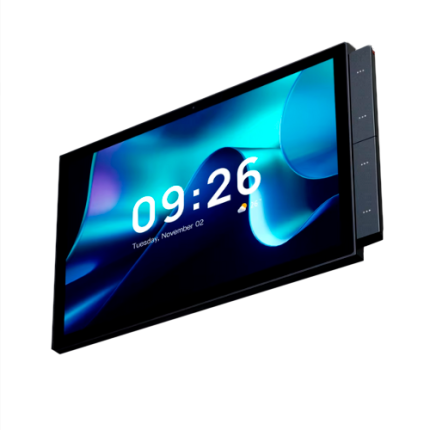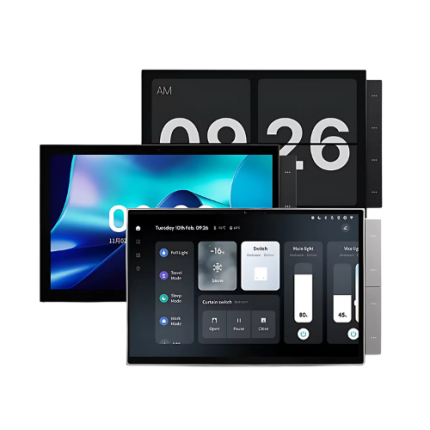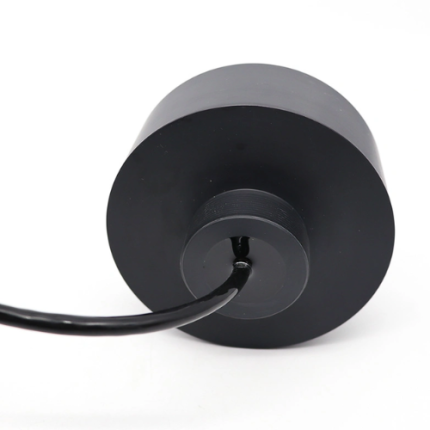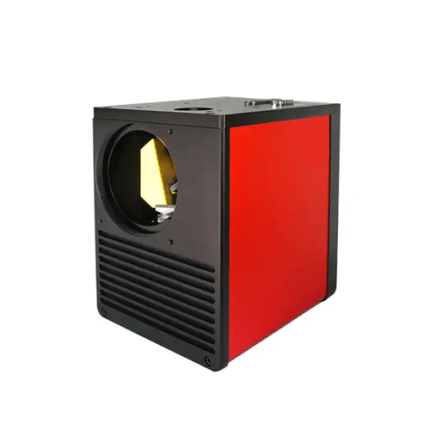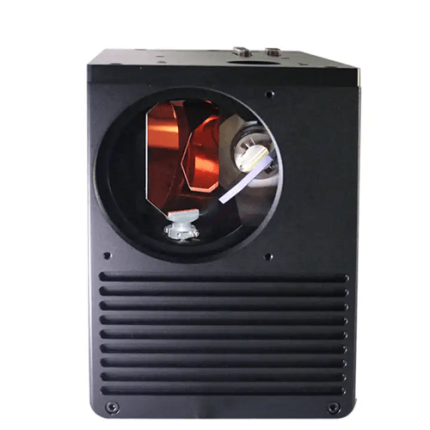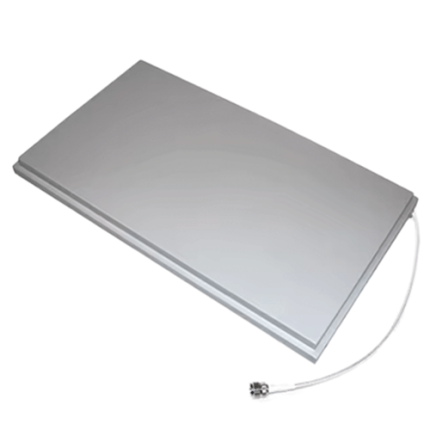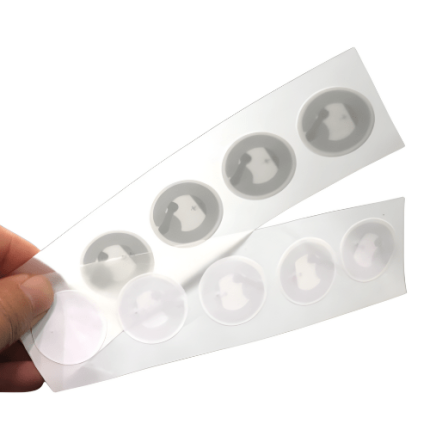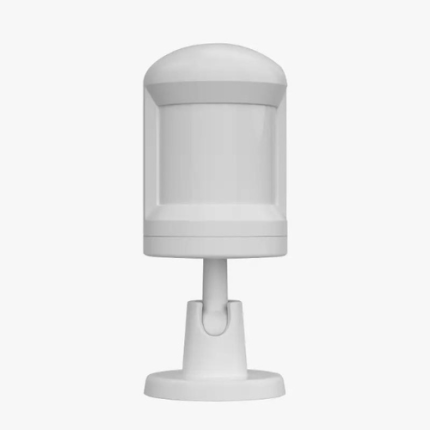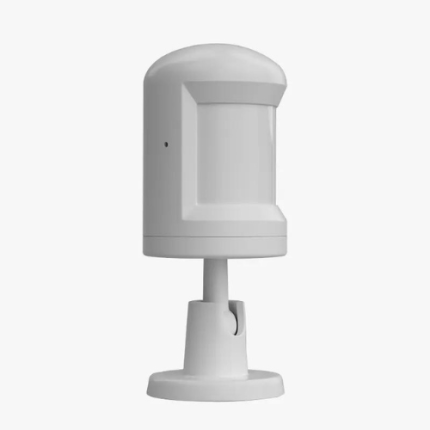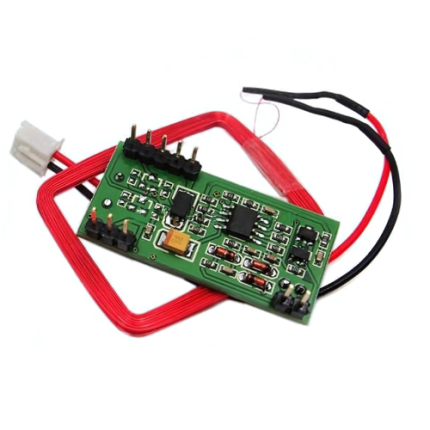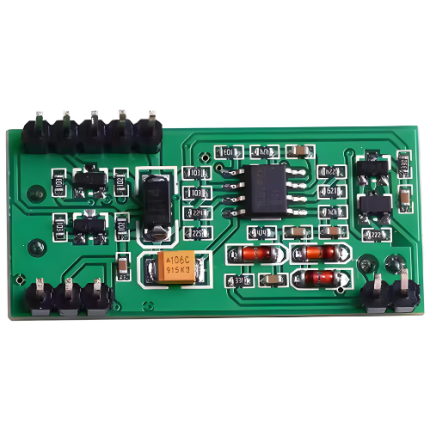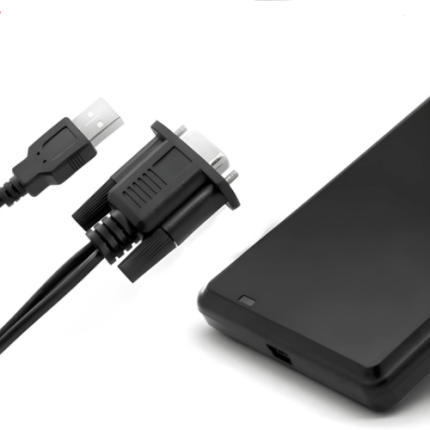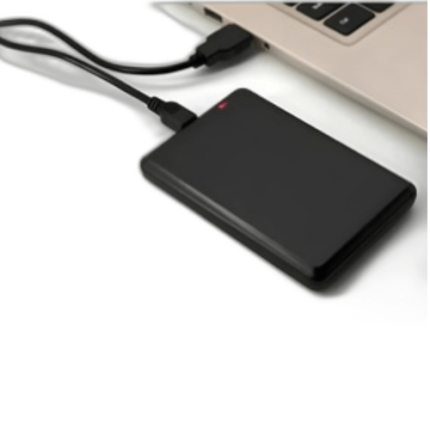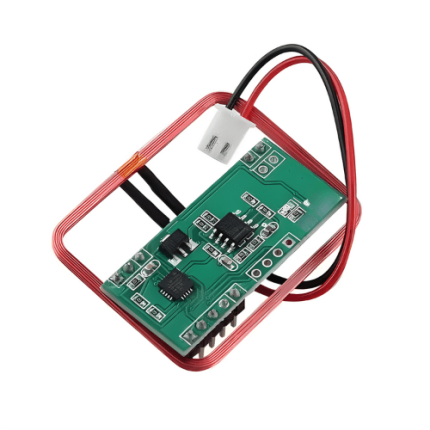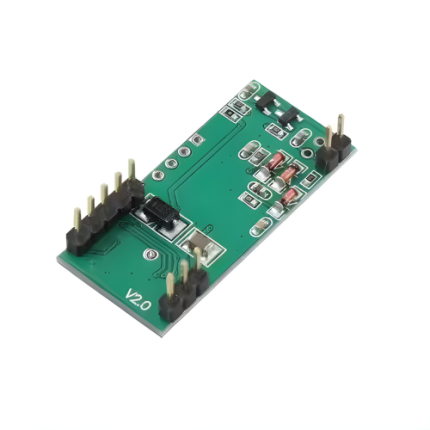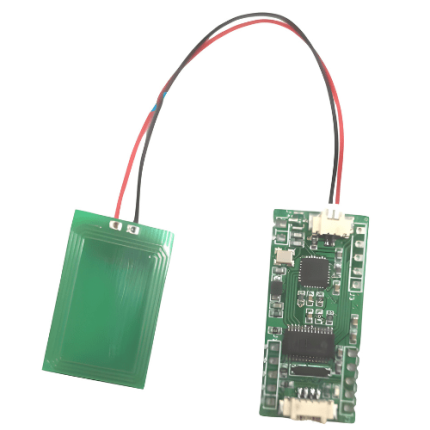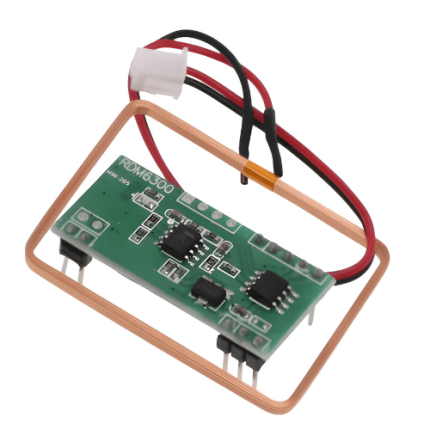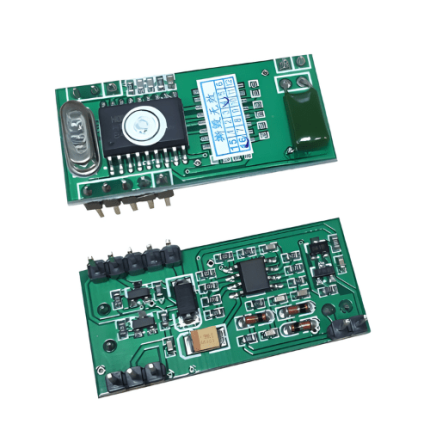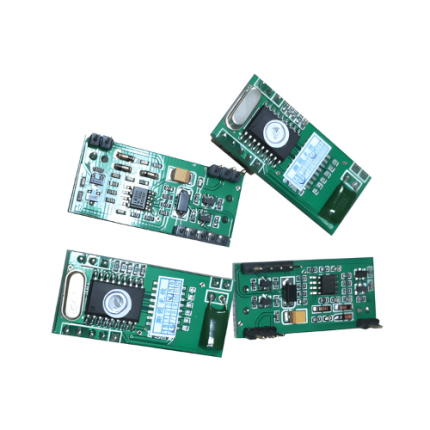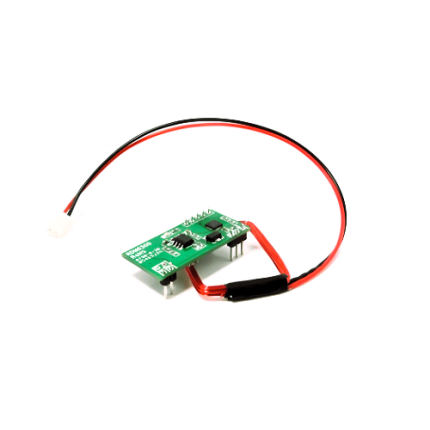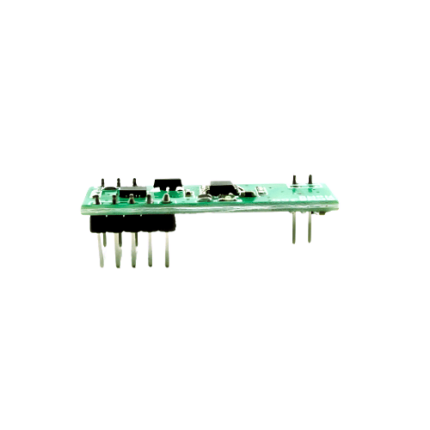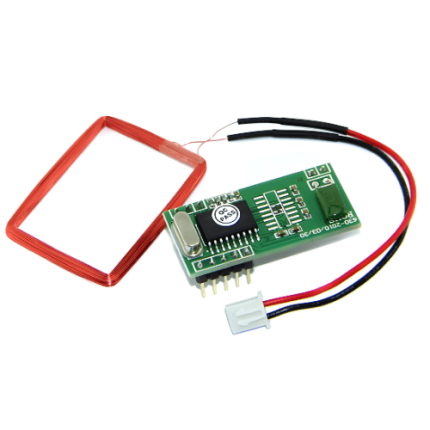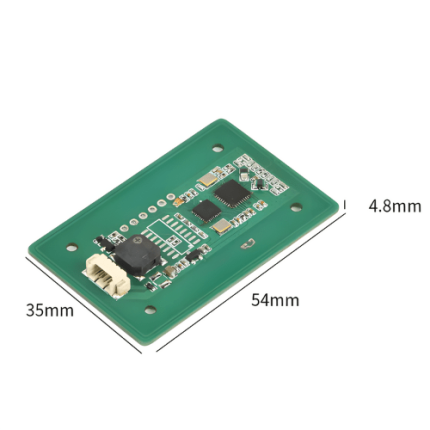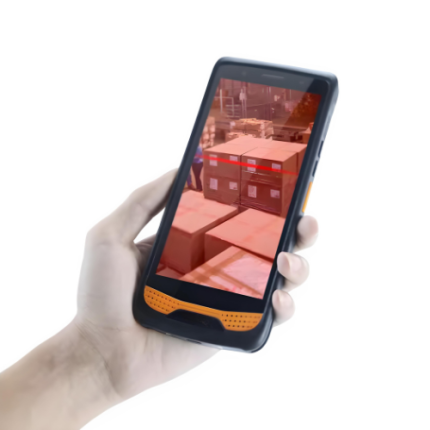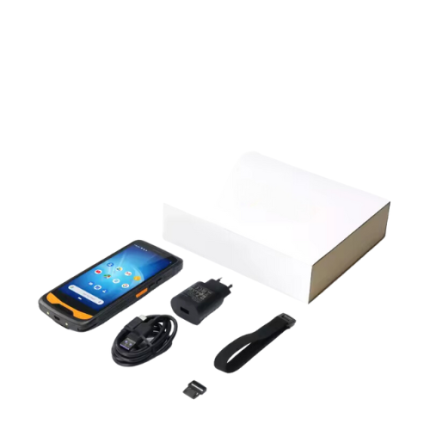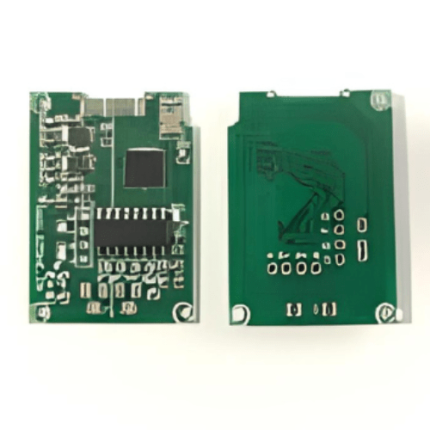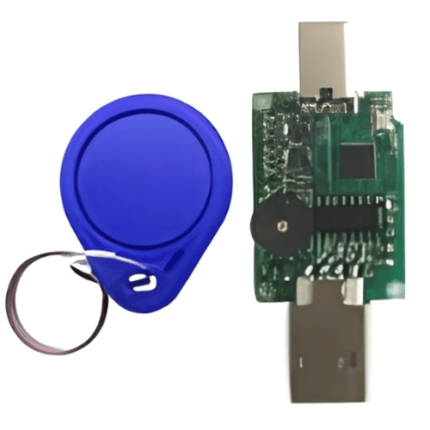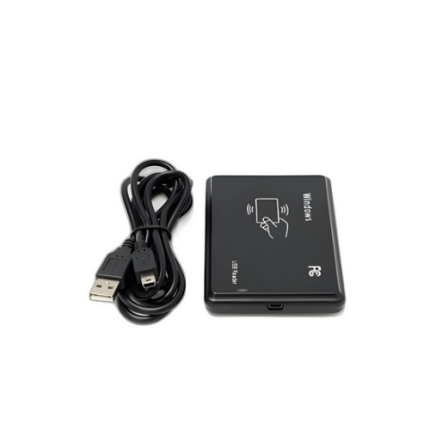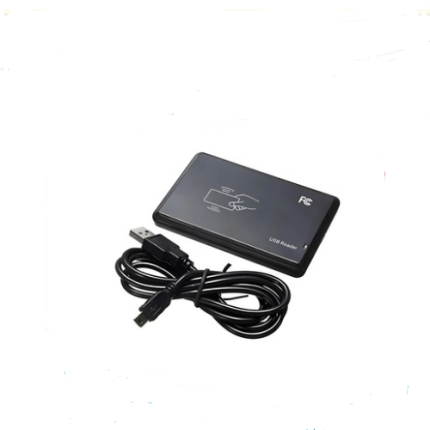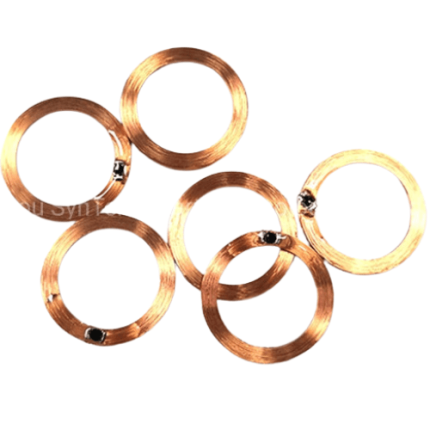GAO Tek offers a comprehensive list of Internet of Things (IoT). Such products are grouped into RFID & BLE, LoRaWAN (Long Range Wide Area Network) , Zigbee, Wi-Fi HaLow, Z-wave, NarrowBand-Internet of Things (NB-IoT), Cellular IoT , Satellite IoT , IoT Sensors , Edge computing for IoT , and IoT Systems.
Through four decades of innovation, and collaboration with other GAO Group member companies, GAO RFID Inc. and GAO Research Inc. and with our corporate partners, GAO Tek Inc. has become a leader in Internet of Things (IoT) serving corporations and institutions in the U.S., Canada, as well as globally.
BLE Long Range Smart Gateway with No Battery – GAOTek
0.3MP CMOS Camera Module OV 7725, MIPI, 640×480, Auto Focus, 112° View – GAOtek
02.11ah Low Power IoT Wi-Fi Module, Multiple Interfaces – GAOTek
1-2.9 in CMOS Imaging System with Adjustable Exposure and Illumination – GAOTek
10 G PON 8 GE Ports 8 FXS 2.4 Or 5G WiFi PON Gateway – GAOTek.
10 Inch Electromagnetic Flow Meter with NB-IoT Technology – GAOTek
10 Inch Multi-Function Gateway with – 5 MP Camera – GAOTek
10600nm Laser Sensor, 1.2in Aperture, ±15V DC, 5A Power – GAOTek
120° Wide Angle Sensor, CR2450 Battery, ABS, 14-131°F, 3.31×1.34 in – GAOtek
RFID (Radio-Frequency Identification) and BLE (Bluetooth Low Energy)
RFID (Radio-Frequency Identification) and BLE (Bluetooth Low Energy) are prominent wireless communication technologies used in various applications.
GAO’s RFID uses electromagnetic fields to automatically identify, and track tags attached to objects. Passive RFID tags are powered by the reader's signal, while active tags have their own power source. Common applications include inventory management, access control, and asset tracking. RFID is also known as RF tags or smart labels.
GAO’s BLE, a power-efficient variant of Bluetooth, enables devices to communicate over short distances with minimal energy consumption. It is widely used in fitness trackers, smart home devices, and proximity-based marketing. BLE technology supports continuous communication and can connect multiple devices simultaneously. Alternative names for BLE include Bluetooth Smart and Bluetooth Low Energy.
Both technologies offer unique advantages: RFID is ideal for tracking and identification without line-of-sight, while BLE excels in low-power, short-range communications with more complex data exchange. They are integral to the Internet of Things (IoT) ecosystem, enhancing automation and connectivity in various sectors such as healthcare, retail, logistics, and industrial automation.
Below is the group of RFID & BLE Products:
BLE Gateways, Beacons & Accessories, UHF Readers, Tags & Accessories , NFC & HF Readers, Tags & Accessories, LF Readers, Tags & Accessories, Cloud, Server, PC & Mobile Systems for BLE & RFID, and Other RFID Peripherals & Accessories.
LoRaWAN (Long Range Wide Area Network)
It is a wireless protocol designed for long-range communication between low-power devices. It operates on unlicensed radio bands, offering extensive coverage and efficient battery usage, making it ideal for Internet of Things (IoT) applications. LoRaWAN enables devices to transmit small amounts of data over several kilometers in urban environments and even further in rural areas.
Applications of LoRaWAN span various industries including smart agriculture for soil monitoring and crop management, smart cities for tracking waste bins and optimizing traffic flow, and industrial IoT for remote equipment monitoring and predictive maintenance. Its ability to penetrate dense urban environments and provide connectivity to battery-operated devices with minimal infrastructure makes it cost-effective and scalable for large-scale deployments.
LoRaWAN is also known as LPWAN (Low Power Wide Area Network) and is distinguished by its star-of-stars topology where end-devices communicate with gateways that forward data to a centralized network server. This architecture allows for flexibility in network deployment and efficient management of connected devices.
Below is the group of LoRaWAN (Long Range Wide Area Network) Products:
LoRaWAN Gateways, LoRaWAN End Devices, LoRaWAN - Cloud, Server, PC & Mobile Systems, and LoRaWAN Accessories.
Zigbee
It is a wireless communication protocol based on the IEEE 802.15.4 standard, designed for low-power, low-data-rate, and short-range applications. It operates in the 2.4 GHz frequency band, among others, and supports mesh networking, which enhances reliability and coverage by allowing data to hop between devices.
Zigbee is widely used in home automation, enabling smart lighting, thermostats, security systems, and energy management devices to communicate seamlessly. It is also prevalent in industrial automation, where it facilitates wireless sensor networks for monitoring and control systems. Healthcare applications include patient monitoring and medical device communication.
Zigbee's primary advantage lies in its ability to create robust, scalable networks with minimal power consumption, making it ideal for battery-operated devices. It supports a high density of nodes in a network, providing flexibility and reliability in various environments.
Alternative names for Zigbee are limited, as it is a trademarked term; however, it is often referred to in the context of mesh networking and IEEE 802.15.4-based systems. Zigbee technology is part of the broader landscape of wireless communication protocols, offering a specialized solution for IoT applications that require energy efficiency and robust connectivity.
Below is the group of Zigbee Products:
Zigbee Gateways/Hubs, Zigbee End Devices, Zigbee Accessories, and ZigBee – Cloud, Server, PC & Mobile Systems.
Wi-Fi HaLow
It also known as IEEE 802.11ah, is a wireless communication protocol designed for long-range, low-power connectivity. Operating in the sub-1 GHz spectrum, Wi-Fi HaLow offers extended range and better penetration through obstacles compared to traditional Wi-Fi. This makes it suitable for rural and industrial environments where robust and reliable connectivity is essential.
Wi-Fi HaLow is ideal for IoT applications, such as smart agriculture, smart cities, and industrial automation, where devices are spread over large areas and require low power consumption. It supports high node density, making it effective for applications like sensor networks, asset tracking, and remote monitoring. In the smart home context, Wi-Fi HaLow enables connectivity for devices such as smart thermostats, security cameras, and home automation systems, extending the reach of home networks.
Alternative names for Wi-Fi HaLow include 802.11ah and sub-1 GHz Wi-Fi. This technology provides a bridge between traditional Wi-Fi and low-power wide-area networks (LPWANs), combining the extensive ecosystem of Wi-Fi with the advantages of low-power, long-range communication.
Wi-Fi HaLow's ability to support a wide range of applications with extended coverage and low energy requirements makes it a versatile solution for modern IoT needs, addressing both consumer and industrial demands for reliable, wide-area connectivity.
Below is the group of Wi-Fi HaLow Products:
Wi-Fi HaLow Gateways/Routers, Wi-Fi HaLow End Devices, Wi-Fi HaLow Accessories, and Wi-Fi HaLow – Cloud, Server, PC & Mobile Systems.
Z-wave
It is a wireless communication protocol designed primarily for home automation applications. It operates on the sub-1 GHz frequency range, typically around 900 MHz, offering advantages such as longer range and better penetration through walls compared to higher-frequency protocols like Wi-Fi or Bluetooth.
Z-Wave employs a mesh network topology, allowing devices to communicate with each other and extend the network's reach. This makes it suitable for creating reliable and scalable smart home systems, including lighting controls, thermostats, security systems, and smart appliances. The protocol supports hundreds of devices in a single network, enabling comprehensive automation and control throughout a home.
Alternative names for Z-Wave are limited due to its proprietary nature; however, it is sometimes referred to generically as a wireless home automation protocol or a sub-GHz wireless technology.
Z-Wave's key advantages include low power consumption, high reliability, and interoperability among various manufacturers' devices, ensured by certification through the Z-Wave Alliance. These features make Z-Wave a preferred choice for homeowners and installers looking to create integrated, energy-efficient smart home environments without the complexity of traditional wiring.
Below is the group of Z-wave Products:
Z-Wave Gateways/Hubs, Z-Wave End Devices, Z-Wave Accessories, and Z-Wave – Cloud, Server, PC & Mobile Systems.
NarrowBand-Internet of Things (NB-IoT)
It is a cellular technology standardized by the 3rd Generation Partnership Project (3GPP) for connecting a wide range of IoT devices over existing cellular networks.
It operates in licensed spectrum, providing secure and reliable communication with low power consumption. NB-IoT supports a massive number of devices per cell, making it ideal for applications requiring widespread deployment and scalability.
NB-IoT is suited for various IoT applications such as smart metering, asset tracking, environmental monitoring, and smart city initiatives. Its ability to penetrate deep into buildings and underground areas ensures connectivity in challenging environments where other wireless technologies may struggle.
Alternative names for NB-IoT include LTE Cat NB1 (Category Narrow Band 1) and LTE-M2 (Long Term Evolution for Machines 2), highlighting its evolution from LTE technologies to support IoT requirements. These variants emphasize its efficiency in power usage and cost-effectiveness for IoT deployments across industries.
Below is the group of NarrowBand-Internet of Things (NB-IoT) Products:
NB-IoT Gateways & Routers, NB-IoT End Devices, NB-IoT Systems, and NB-IoT Accessories.
Cellular IoT
It refers to the use of cellular networks to enable Internet of Things (IoT) devices to connect and communicate over long distances. It encompasses various cellular technologies optimized for IoT applications, including LTE-M (LTE-Machine), NB-IoT (Narrow Band IoT), and 5G IoT. These technologies leverage existing cellular infrastructure to provide reliable, secure, and scalable connectivity for a wide range of IoT devices.
Applications of our Cellular IoT span across industries such as agriculture, healthcare, transportation, and utilities. In agriculture, IoT-enabled sensors monitor soil conditions and automate irrigation systems. Healthcare applications include remote patient monitoring and asset tracking in hospitals. Transportation industries use cellular IoT for fleet management and logistics tracking, while utilities employ it for smart metering and grid management.
Alternative names for Cellular IoT include LTE IoT, LTE Cat-M1, LTE Cat-NB1, and 5G NR IoT, emphasizing different standards and capabilities within the cellular IoT ecosystem. These technologies offer enhanced coverage, longer battery life, and support for massive device deployments, making them pivotal for advancing IoT solutions globally.
Below is the group Cellular IoT Products:
Cellular IoT Accessories, Cellular IoT Devices, and Cellular IoT – Cloud, Server, PC & Mobile Systems.
Satellite IoT
Satellite IoT (Internet of Things) refers to the integration of satellite communication technology with IoT devices to enable global connectivity and data transmission in remote or underserved areas. Unlike terrestrial networks, Satellite IoT can provide coverage across vast geographical regions, including oceans, deserts, and polar areas, where traditional cellular networks are unavailable or unreliable. This capability makes it an essential solution for industries requiring real-time data and monitoring across widespread or mobile assets.
Applications of Satellite IoT are diverse and include environmental monitoring, where sensors track climate conditions and natural disasters. In agriculture, it supports precision farming through remote monitoring of soil conditions, crop health, and livestock tracking. The logistics and transportation sector benefits from real-time tracking of fleets and cargo, enhancing supply chain efficiency. Additionally, Satellite IoT is crucial for maritime and aviation industries, enabling navigation, safety, and communication in remote regions. It also plays a significant role in oil and gas operations, mining, and utilities, facilitating the monitoring and control of remote infrastructure.
Alternative names for Satellite IoT include Satellite M2M (Machine-to-Machine), Satellite-based IoT, and SatIoT. These terms emphasize the use of satellite technology to achieve machine communication and data exchange, ensuring ubiquitous connectivity for IoT applications globally.
Below is the group Satellite IoT Products:
Satellite/GPS Trackers/Devices, and Satellite/GPS Tracking Accessories
IoT Sensors
These are devices designed to gather data from the physical environment and transmit it wirelessly to IoT networks for analysis and action. These sensors come in various types, including temperature sensors, humidity sensors, motion sensors, light sensors, and more specialized sensors like gas detectors and pressure sensors.
Applications of our IoT sensors are diverse and span across industries. In smart buildings, sensors monitor occupancy, temperature, and energy usage to optimize HVAC systems and lighting, enhancing energy efficiency and comfort. In healthcare, sensors track patient vital signs, medication adherence, and equipment utilization for improved patient care and operational efficiency. Industrial IoT utilizes sensors for predictive maintenance, monitoring machine performance, and ensuring workplace safety by detecting hazardous conditions.
Alternative names for GAO’s IoT sensors include smart sensors, connected sensors, and sensor nodes. These terms underscore their role in enabling IoT solutions by providing real-time data collection and insights into physical environments
Below is the group IoT Sensors:
Lidar, Acoustic Sensors, and Chemical & Biomedical Sensors.
Edge Computing for IoT
It involves processing data locally near the source of generation rather than transmitting it to centralized servers or the cloud. This approach reduces latency, bandwidth usage, and dependency on constant internet connectivity, making it ideal for applications requiring real-time processing and responsiveness.
Applications of GAOTek’s edge computing in IoT are diverse. In industrial settings, edge computing enables predictive maintenance by analyzing sensor data locally to detect anomalies and prevent equipment failures. In smart cities, edge nodes process data from traffic sensors and surveillance cameras to optimize traffic flow and enhance public safety. In retail, edge computing supports personalized customer experiences by analyzing shopper behavior and inventory levels in real time.
Alternative names for edge computing in IoT include fog computing, decentralized computing, and edge analytics. These terms emphasize the distributed nature of computing resources closer to where data is generated, enhancing efficiency and reducing latency.
Below is the group Edge computing for IoT Products:
On-premises Edge, Data Center Edge, and Device Edge .
IoT Systems
It refers to interconnected networks of physical devices, sensors, actuators, and software applications that communicate and exchange data over the internet. These systems enable seamless integration of diverse components to collect, analyze, and act upon data in real time, driving automation and efficiency across various domains.
Applications of GAOTek’s IoT systems are extensive and span across industries. In smart cities, IoT systems manage traffic flow, monitor air quality, and optimize energy usage to improve urban living conditions. In healthcare, IoT systems facilitate remote patient monitoring, track medical equipment, and enhance hospital operations through predictive analytics. Industrial IoT systems support predictive maintenance, monitor supply chain logistics, and enable smart manufacturing processes to enhance productivity and reduce downtime.
Alternative names for our IoT systems include IoT platforms, IoT ecosystems, and IoT solutions. These terms underscore the integrated nature of IoT technologies, encompassing hardware, software, and connectivity to deliver comprehensive solutions for specific applications.
Below is the group IoT Systems Products:
Healthcare IoT Devices , IoT Platforms, IoT Security, and IIoT Technologies.
We have products in stock, and ship overnight to most parts of the U.S. and Canada. We provide 24/7 support. If you have any questions, our technical experts can help you. Please fill out this form or email us.

